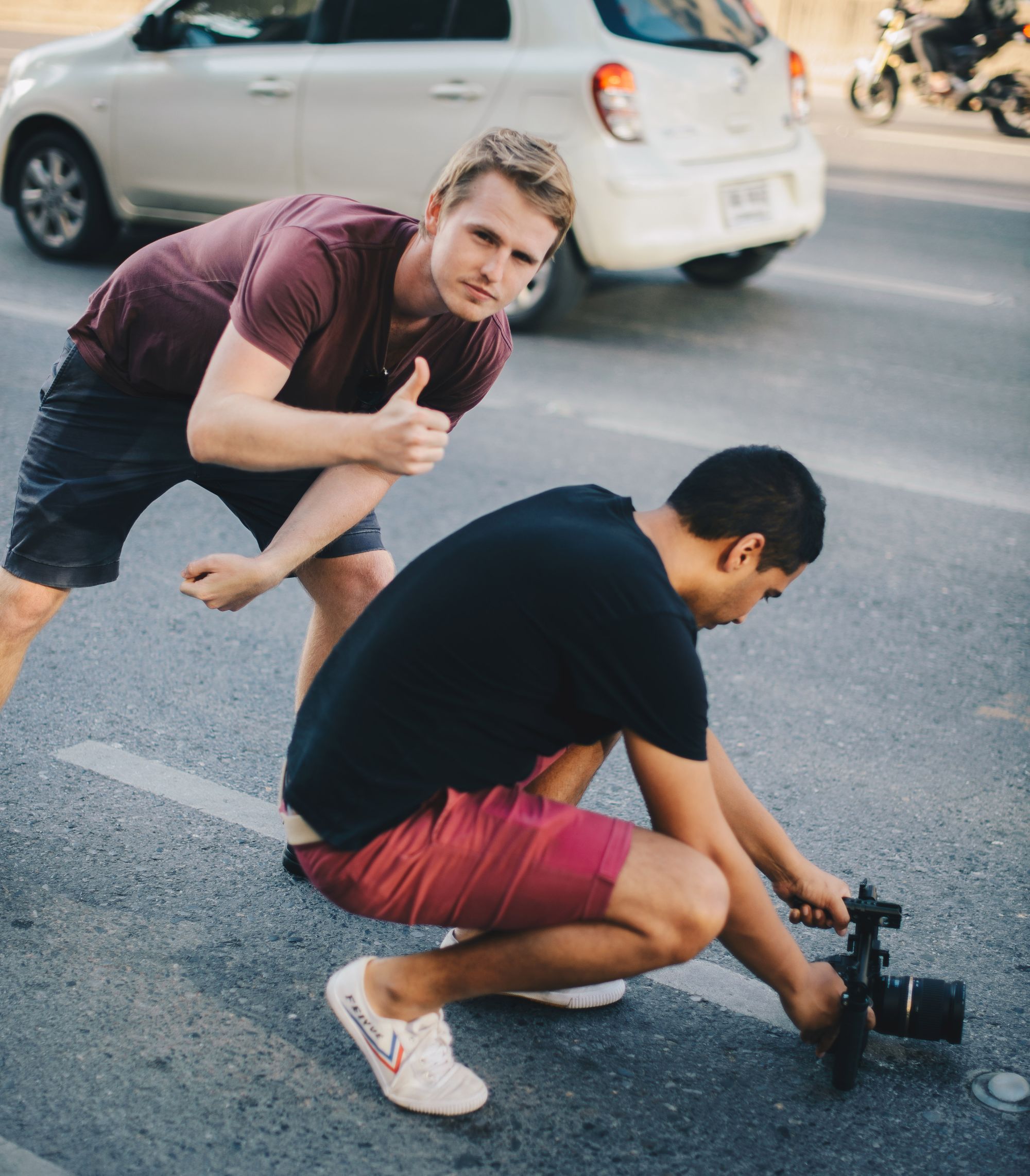Lots of shots, little time
As budgets shrink and expectations grow, it's become more important to shoot efficiently at high-quality. While lots of successful online travel content is made by just one person with a camera, I like to push the boundaries of what is possible. My goal is to take the quality from Anthony Bourdain style shows and modernise it for the online audience. I'll go more in-depth on how I achieve this without a large television budget using the Must-Eats in Hong Kong video as an example.
The approach
This video is one of my favourites on ANYDOKO and was incredibly fun to direct. The piece features lots of restaurants spread out all over Hong Kong. The collective time on set for this video was about one day and the crew consisted of only 3 people, which is pretty crazy if you think about how much is covered in the film. Here's how I tackled this one.
Come prepared
Never just show up and expect the venue to understand what is required. Before I go in, the venues are briefed properly about everything I require and what I am trying to do in the space. This allows them to prepare in terms of space and potential noise. Every venue I work with is accomodating and loves to be involved. From the big 3 star restaurants to the local corner eateries, it's what makes me able to create great looking content.
While there is about 40% improvisation in the video, all the dishes and main messaging are pre-determined. I research exactly what I want to feature and write a script that allows for plenty of improvisation on set.
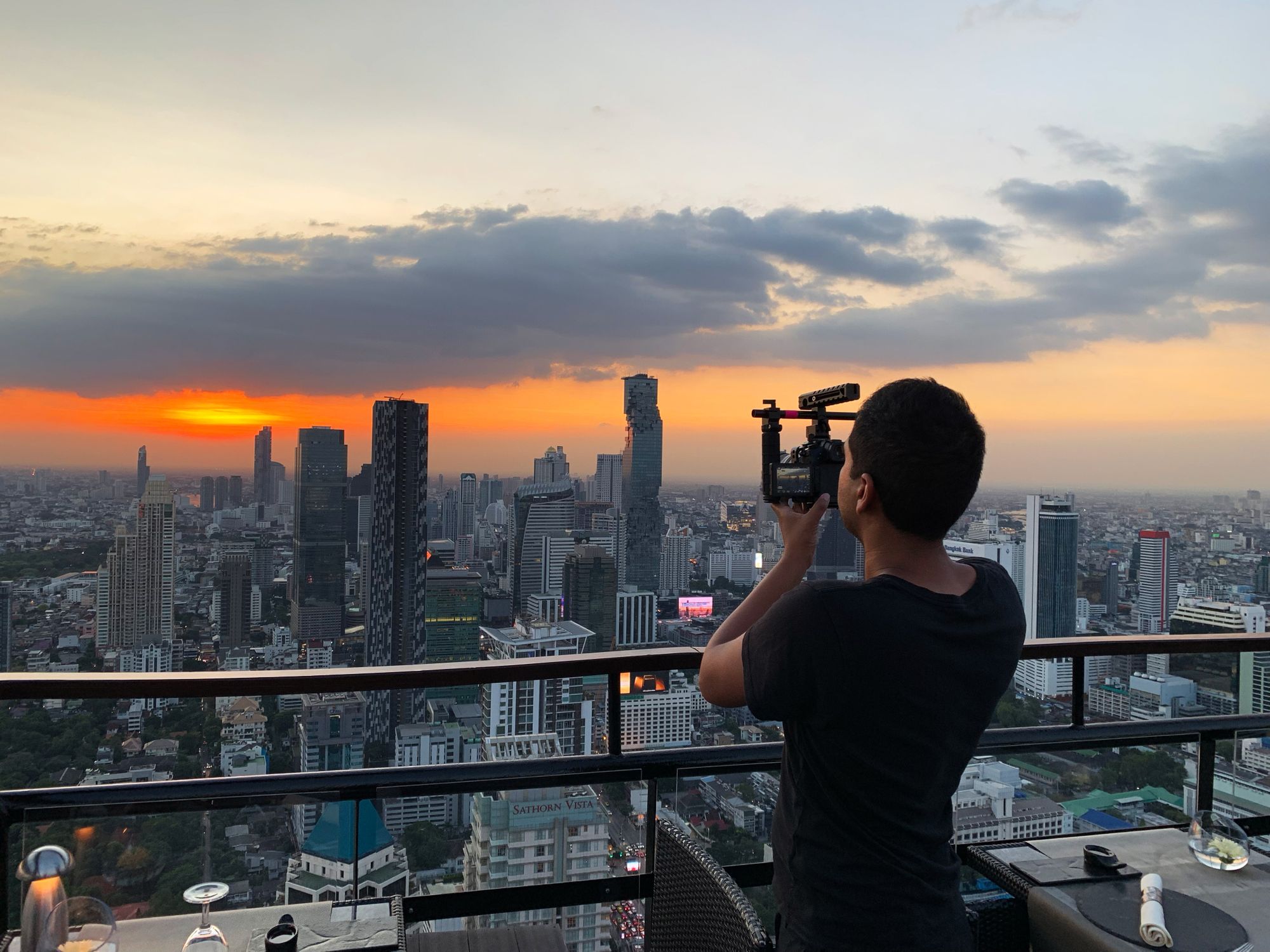
Schedule effectively
Scheduling is key to making these shoots work. It works in 2 ways.
Most videos like the above, are actually shot over multiple days and mixed with other pieces I am filming in the same city with the same crew and talent. This allows the producer to schedule super efficiently by cutting travel time between venues. This means that at 10 AM we were filming the congee section of the video above but at 12 PM we were sipping beers in the nearby brewery for our Craft Beer video. This also means that the talent actually brings multiple clean versions of the same outfit so they can wear the same style for several days.
Scheduling is key to making these shoots work
We also schedule how I want to shoot each venue. I always get the most difficult part out of the way first. This is usually the piece to camera. As the cinematographer lights the scene and films the dishes being prepared, I will discuss the improvisation elements of the scene with the talent. When the food is ready we are ready to roll. After nailing the talking sections, we film the eating shots and then film the dishes again, with a new serving fresh out of the kitchen. The shoot ends with 15-20 minutes to shoot general b-roll of the venue.
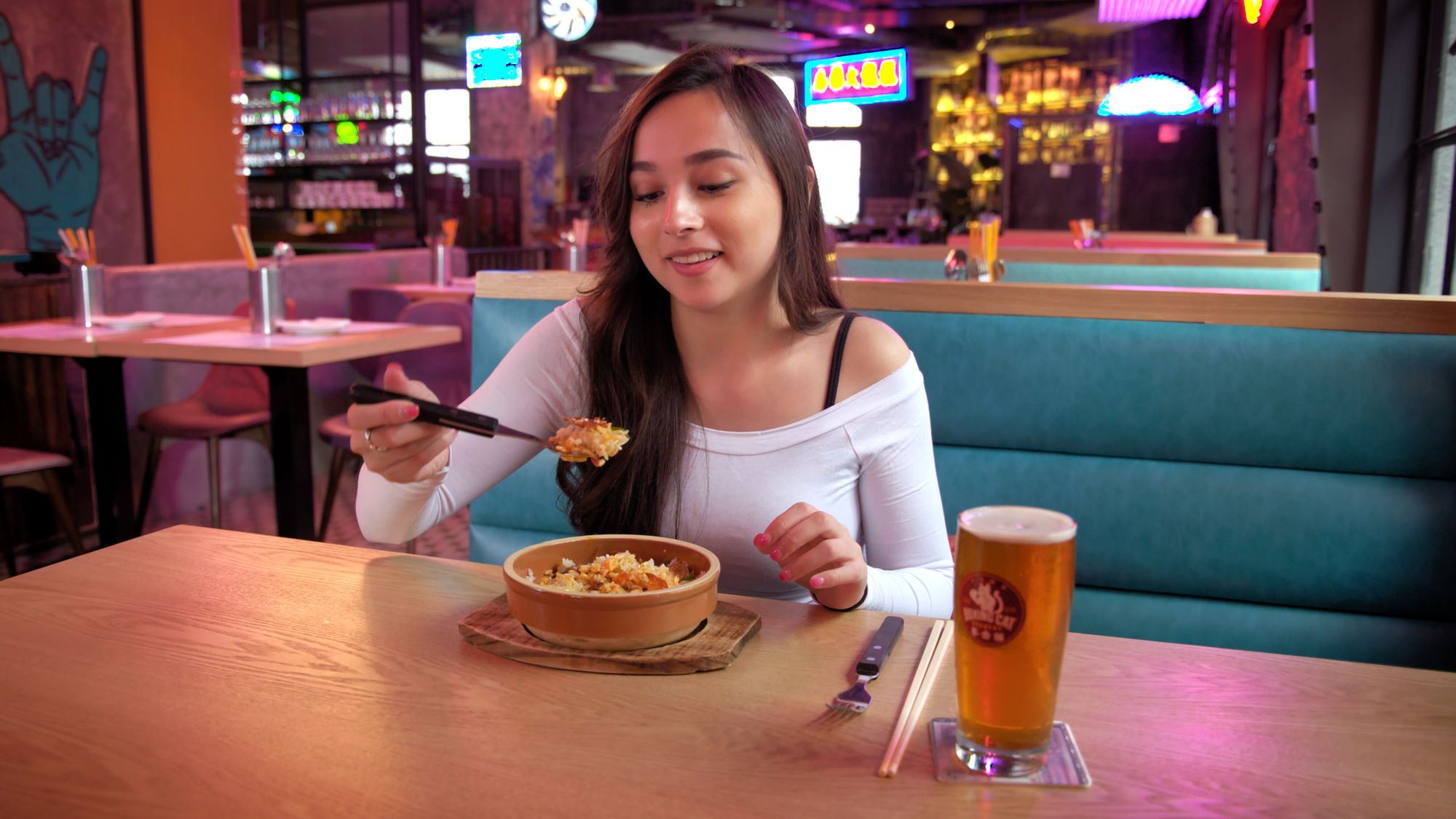
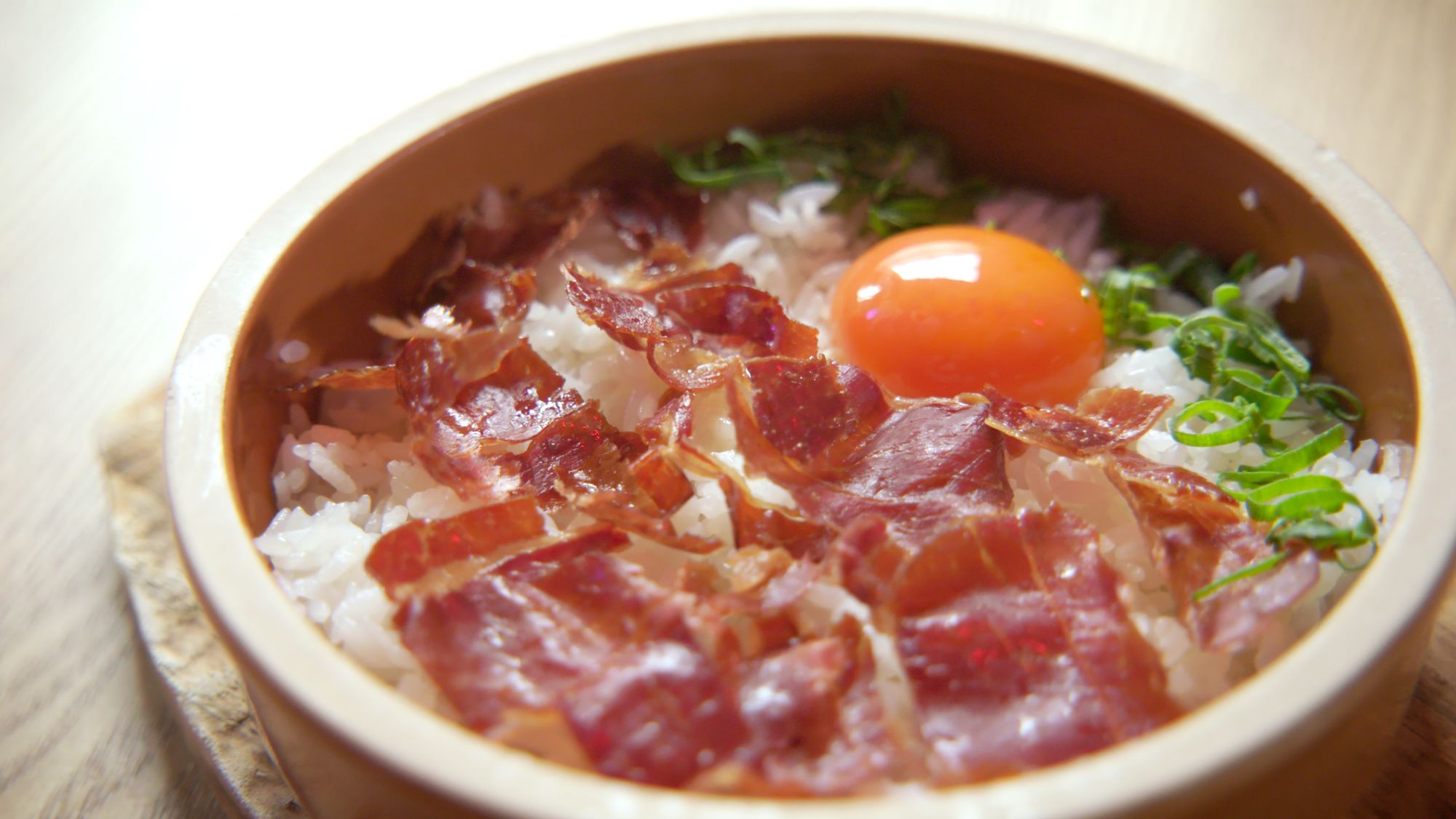
Bring experience
Besides the presenter, it was only the cinematographer, an assistant and myself on set. The small crew size actually works in our favour because some of the venues we film in are tiny!
The team and I have created a lot of these pieces over the years and the cinematographer, presenter and I are perfectly aligned on the style. This experience allows us to move quickly and get straight into shooting the content without having lengthy discussions on how to capture the scene. We literally walk into a space and figure out within 5 minutes how it's going to be lit and how the story will evolve in the environment.

Shoot the sh*t out of it
The above has become a bit of phrase I use on set, because of the wealth of content we are able to film in the short time frame. With my editing style, it's important to have as much footage as possible because the cuts are super fast and dynamic. The team and I use every minute on set and all the available media to film as much as possible so the film is dynamic and has lots of coverage.
Shoot the 💩 out of it
Bring the right gear
Since I am creating a single camera show with a tiny crew, it's important to make sure the gear brought works effectively. This particular film was shot with the gear below but any gear with similar abilities and flexibility will make life a lot easier.
DJI Mavic 2 Pro
I love using this drone because it's super compact and quick to set up. It also creates a quality image that works great for online. I combine this with a set of neutral density filters to keep the frame rate filmic.
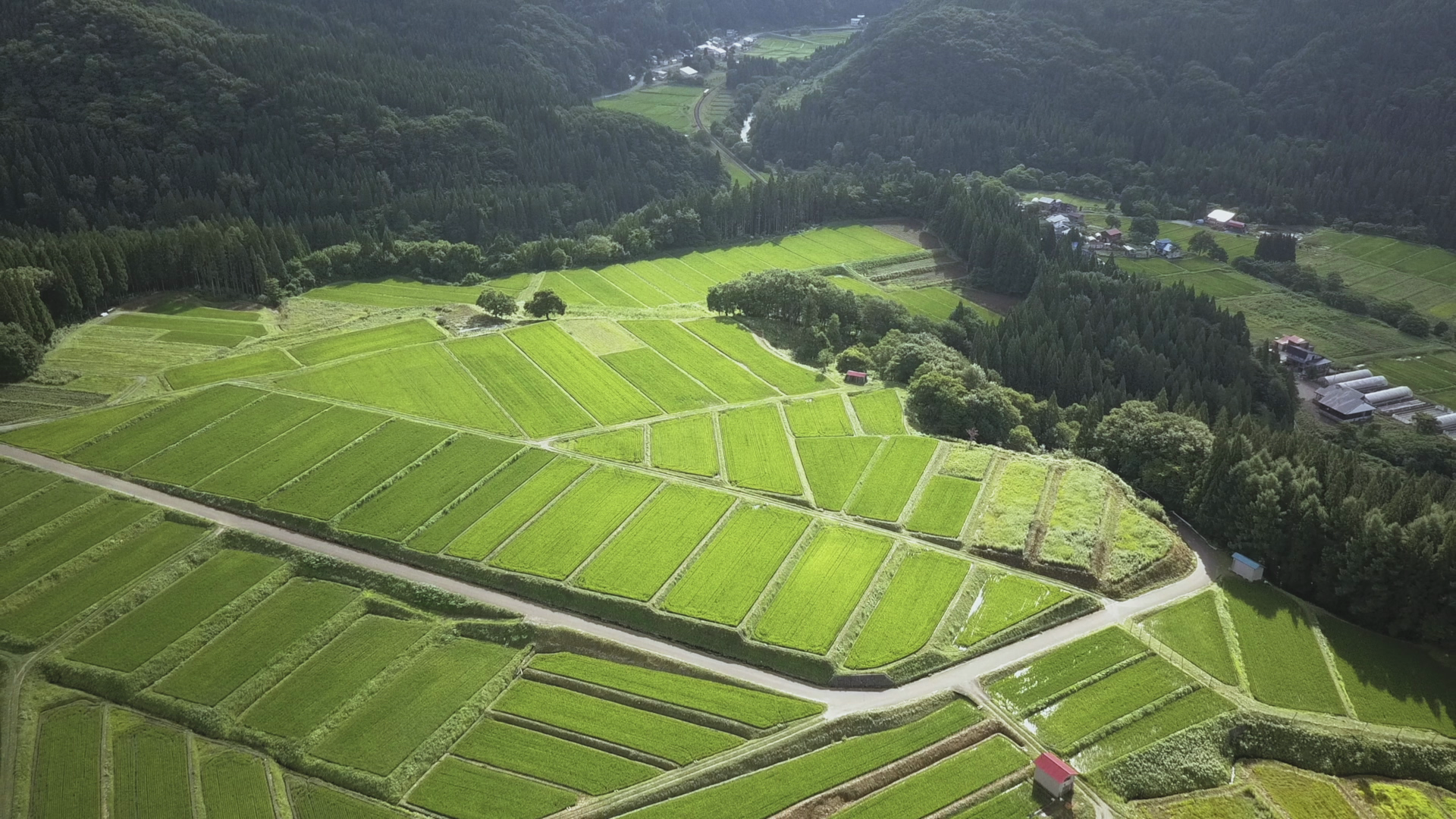
Sony FS7 (Super 35 Cinema Camera)
The FS7 is ideal because it shoots quality 4K footage up to 60 FPS.
Fujinon MK18-55mm & 50-135mm T2.9 Lens Kit
This is beautiful zoom cinema glass but any lenses with these focal lengths will really help to quickly adjust shot sizes. I particularly love these lenses because they are parfocal, which means the cinematographer can quickly adjust the zoom without losing focus. This is super handy in scenes with lots of action and has definitely allowed me to grab shots where refocusing would've not been an option.
Since we are a single camera show with a tiny crew, it's important to make sure the gear we bring works effectively for us.
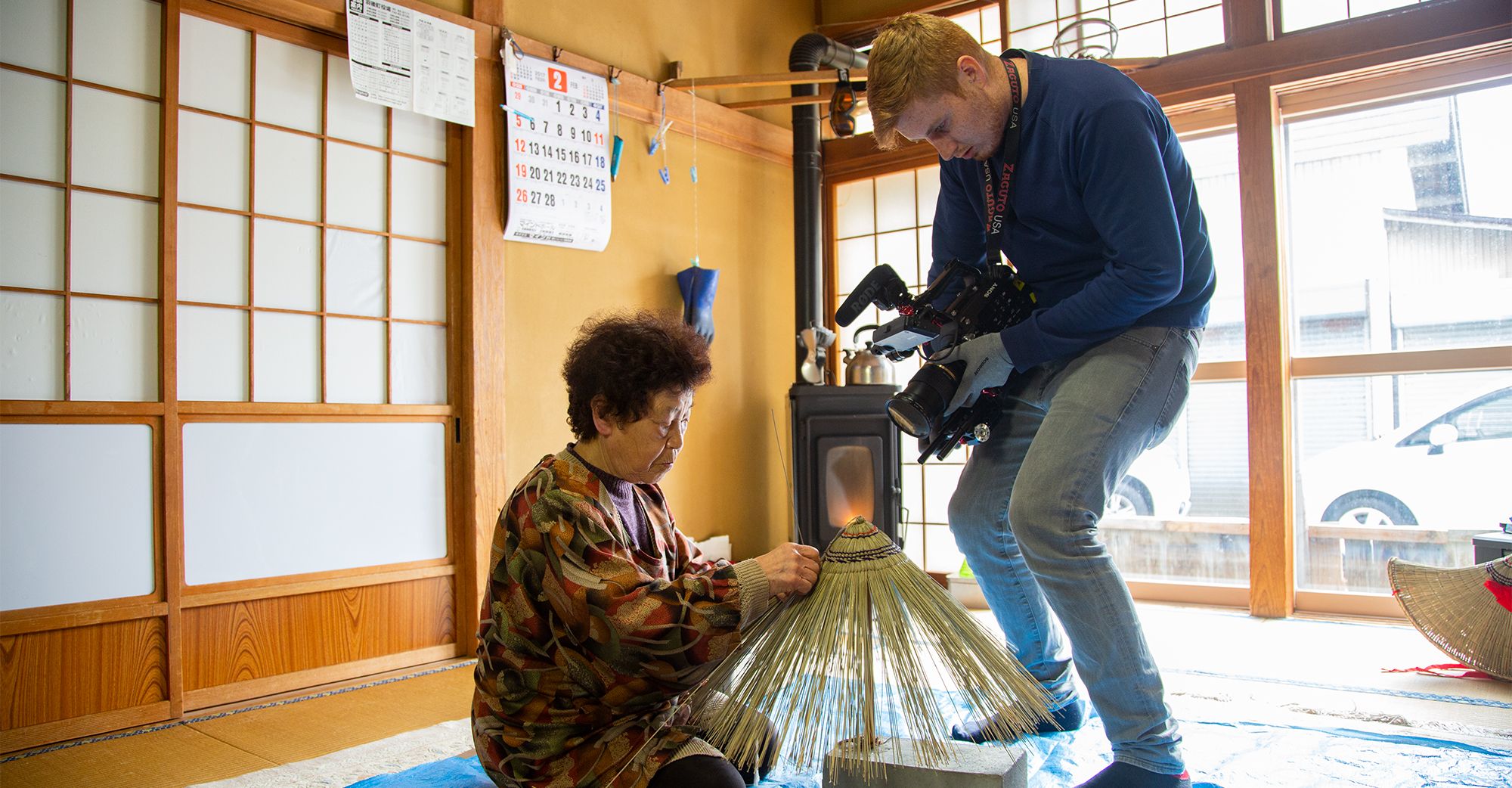
Easyrig
This is a very important piece of equipment for the team. Since we use cine lenses there is no stabilisation. The easyrig allows the DOP to get a lot of shots quickly, with a handheld look, without the footage being super shaky.
Westcott Flex Cine Lighting System Kit
We use 2 to 3 of the flex lights to light the scenes. These lights are great because they are small, high-quality and powerful. Their best quality is that they are fully flexible and can be attached virtually anywhere with a clamp. It allows the camera crew to attach lights to pipes and kitchen exhausts in busy restaurants without issues.
Wireless Monitoring
Since we are in a lot of tiny spaces, wireless monitoring allows me to see what we are filming while staying out of the way. It's crucial to have so I know exactly that we are getting all the shots required for the final edit, while also giving the cinematographer the space to work.
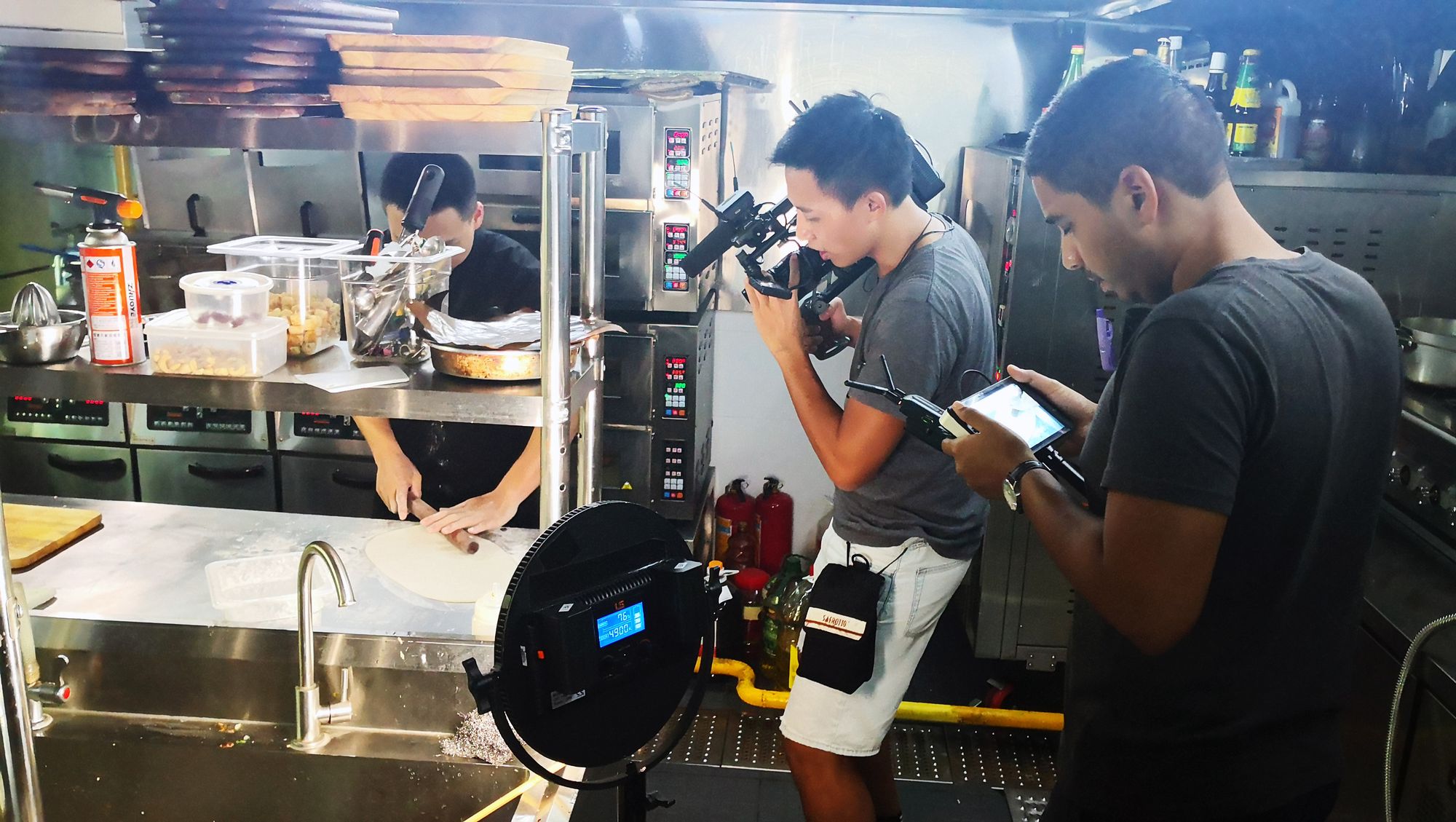
Flexibility in post-production
Before the editor gets their hands on the footage, the producer on set will have organised all captured media in clear folders. This includes folders for each venue but also specific b-roll folders (eg. architecture or transportation). While the editing process can be an entire article by itself, there are a few specific things I work on with the editor to make the footage go as far as possible.
Resolution
I like to shoot in 4K because it gives more flexibility. We can zoom in closer on food shots, create dynamic animated zooms and can sometimes even use a shot twice by changing the scale. The resolution is also crucial in editing together our talent, it allows us to hide stumbles by cutting them out and changing the scale of the shot to mask the edit point.

Frame rates
We shoot lots in 60 frames per second because it allows us to play around with speed ramps and slow-motion in the edit. We do this because I love the look and fun montages we can make this way, but it's also used to minimise shake. Slow-motion footage is a lot less jerky which means we can pull off moving shots on just an easyrig instead of having to use a gimbal.
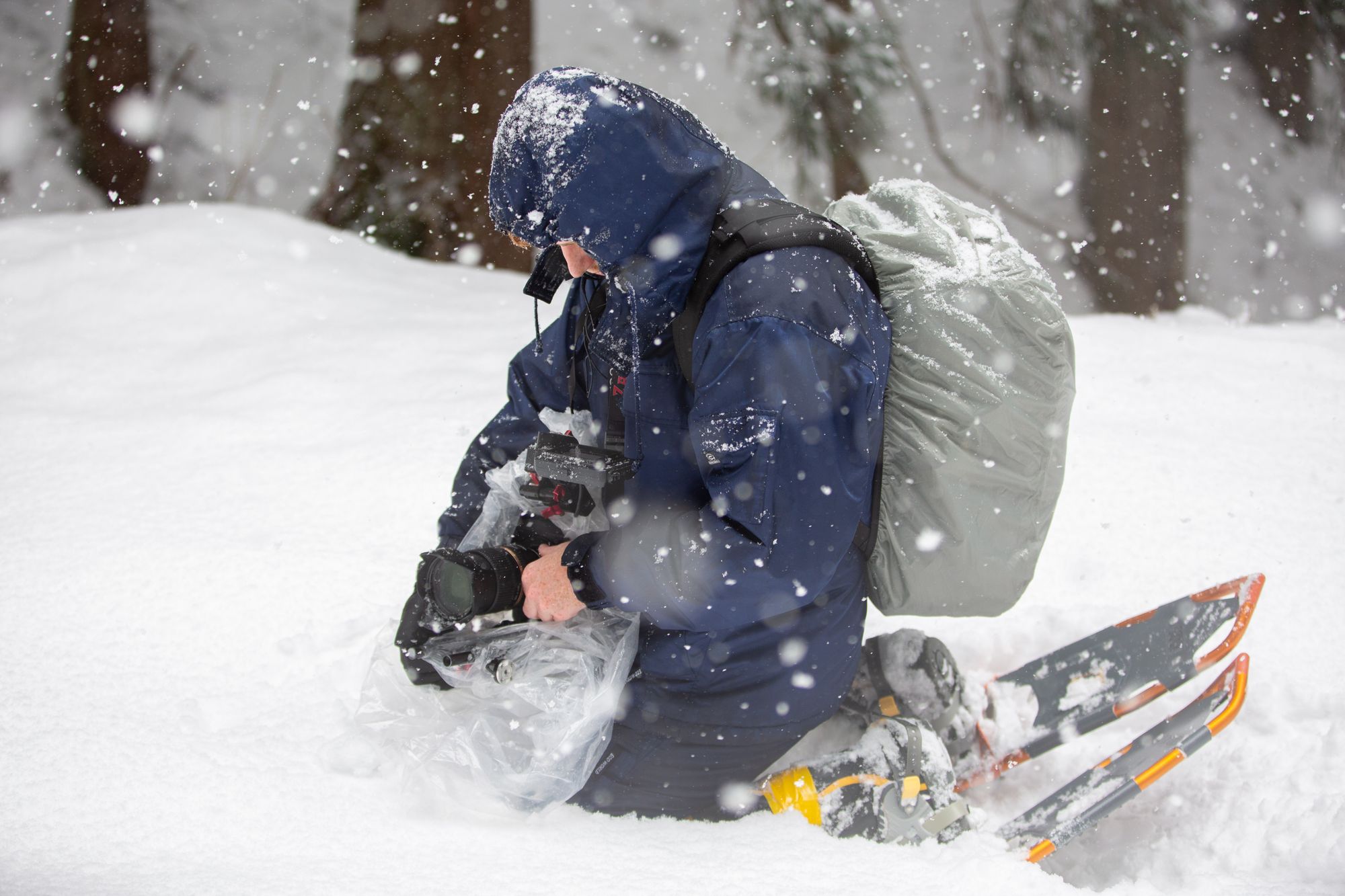
Practice makes perfect
In the end, the experience makes up for a lot of it and I definitely do not think I could've pulled this off when I just started. The above are the building blocks I use to create the content I love to make, but in the end it's all about just having a go yourself.
It's all about just having a go yourself.
